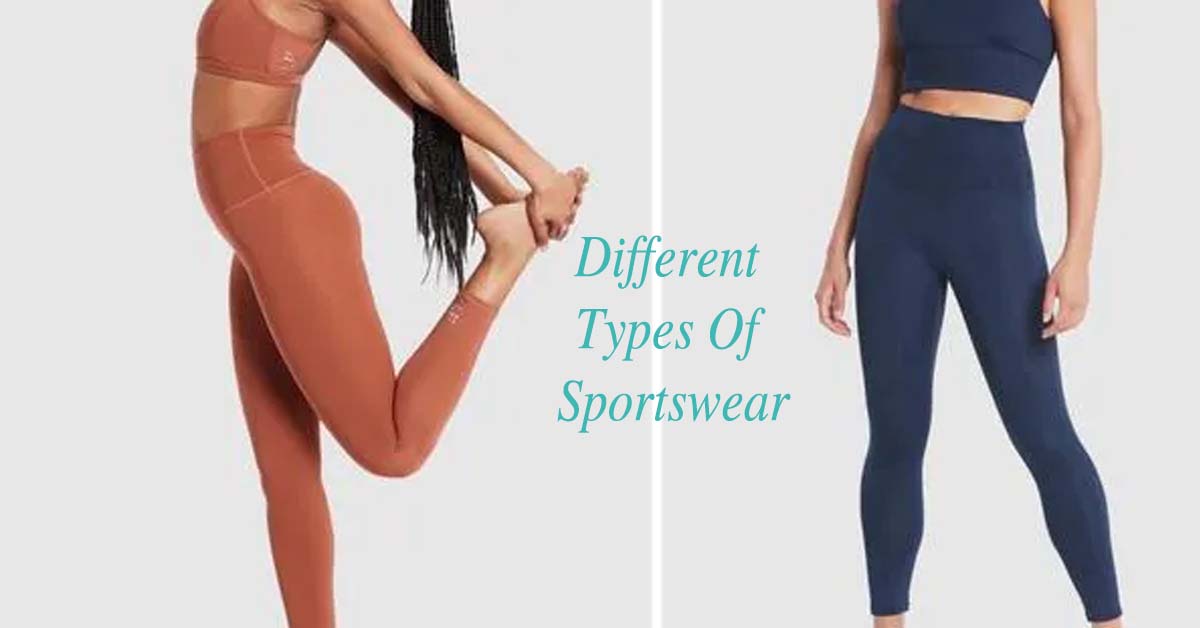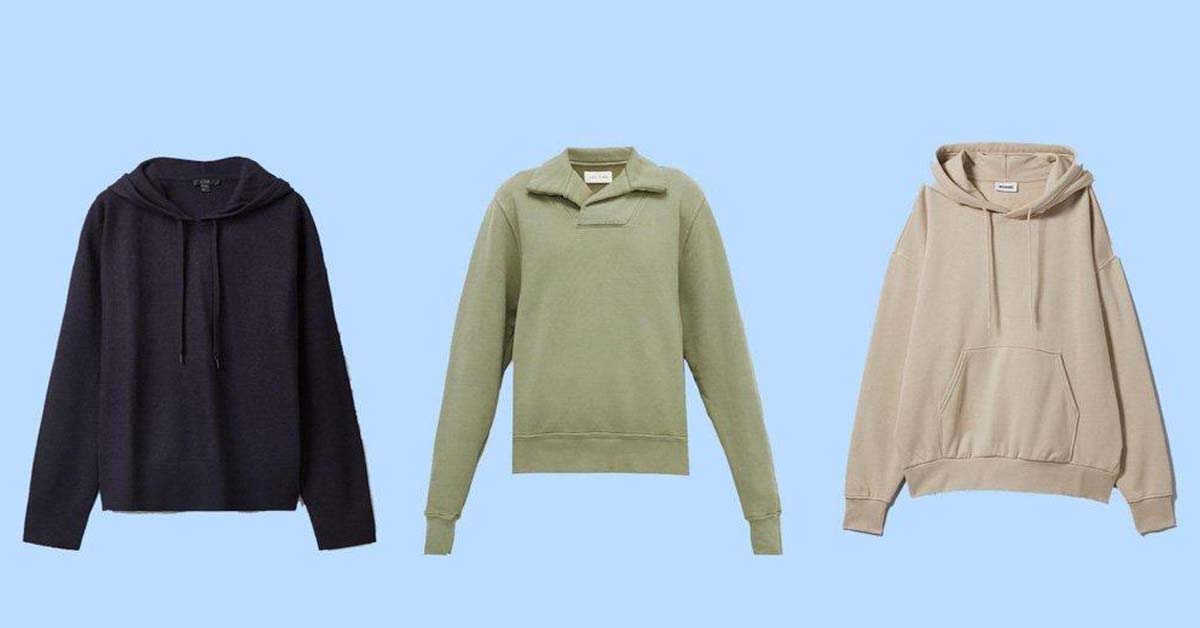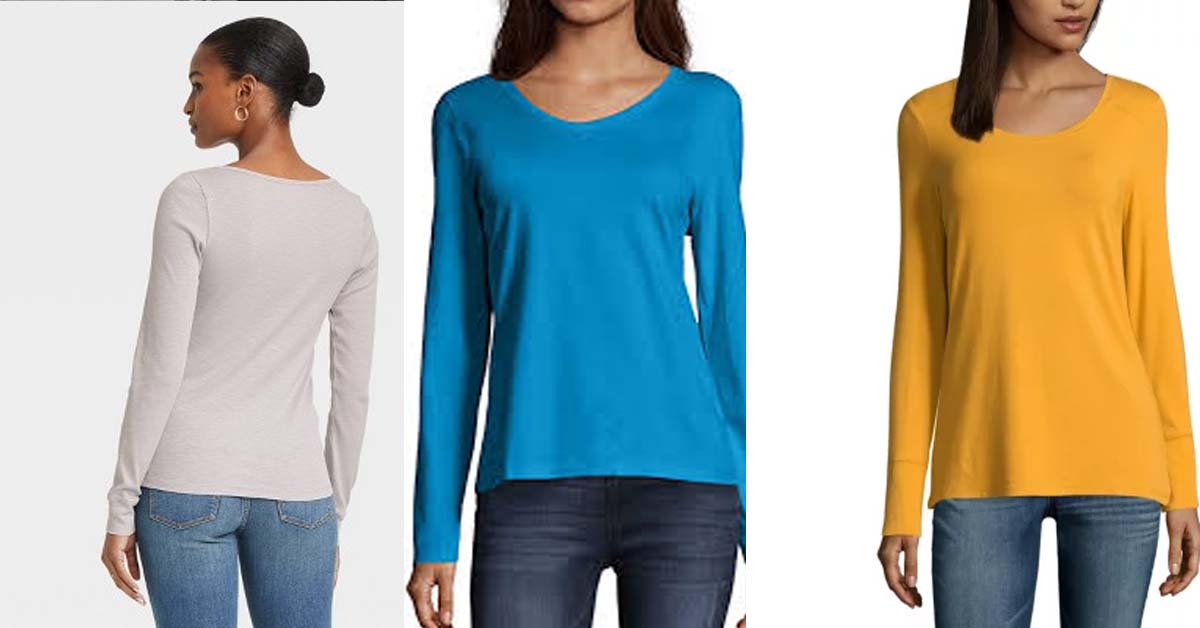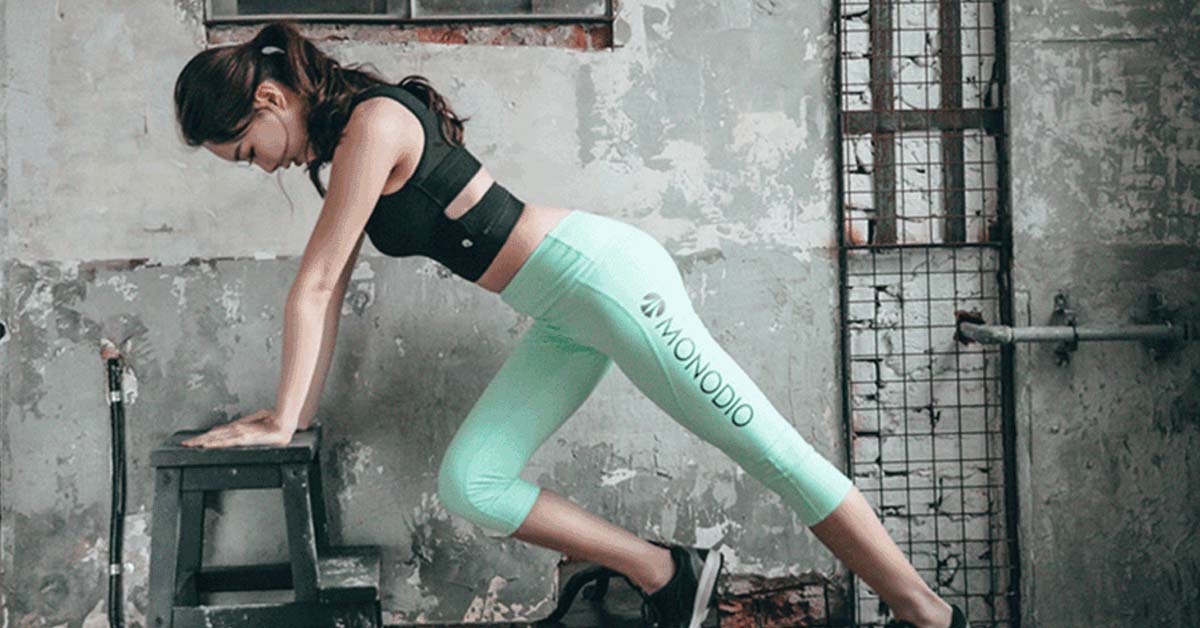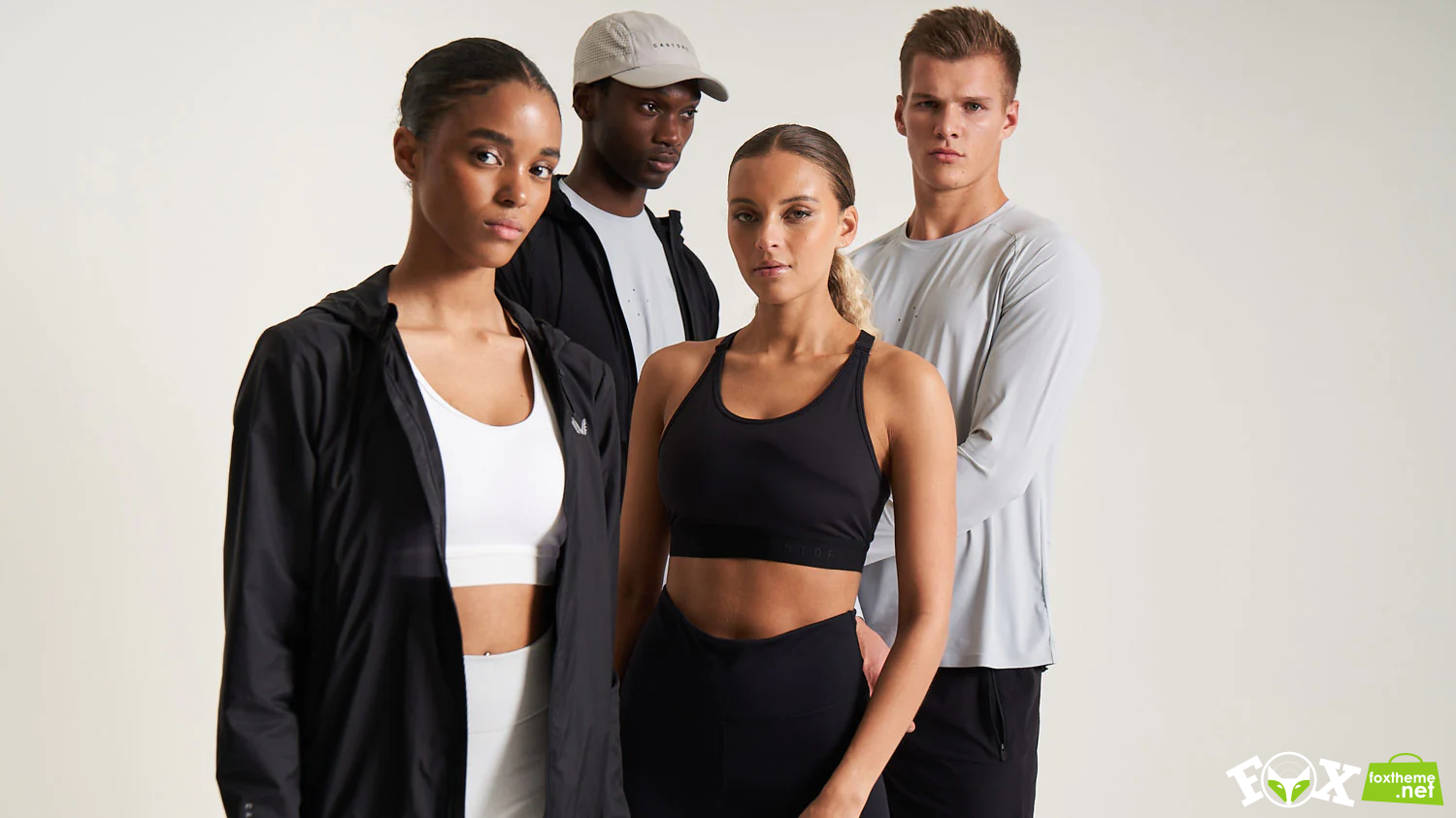
Understanding Viscose Fabric And How Is Viscose Made?
What is viscose fabric?
Viscose is a semi-synthetic rayon fiber that is made of wood pulp. It has the same drape and soft feel as the lavish materials, so viscose fabric is used as a perfect alternative for silk. The term “viscose” specifically means the solution of wood pulp turned into textiles. This kind of material was first manufactured in 1883 as artificial and cheap silk.

With its characteristics of softness and lightweight, viscose fabric is a feature of numerous wardrobes and home items such as blouses, dresses, carpet, etc. Despite coming from trees, viscose isn’t as environmentally-friendly as other kinds of rayon, like modal since its manufacturing process requires a high level of chemicals.
How is viscose made?
Other sorts of rayon fabric use lignin-free cellulose as an initial material; however, viscose is produced from the cellulose of wood pulp. This method of making rayon is much cheaper than other substitutes and can be manufactured on a large scale. The viscose manufacturing process includes several steps:
Extracting cellulose
First of all, rayon is made from the cellulose of wood pulp. To create a qualified fabric, they use cellulose at least 90% pure.
Conversing alkali cellulose
Secondly, the cellulose has emerged into caustic soda, producing a chemical reaction. That can convert the cellulose to alkali cellulose. This way eliminates impurities from the cellulose and helps to get ready for the next step.
Pressing
Thirdly, the alkali cellulose is compressed between 2 rollers, removing excess liquid. These compressed sheets are cut and crumbled into a thing called “white crumb”.
Aging & xanthate cellulose
The substance called “white crumb” is aged through exposure to pure O2 (oxygen) and then it’s exposed to carbon disulfide (CS2). That process creates a new substance called “yellow crumb”.
Ripening
Next, the yellow crumb is dissolved and then ripened for a few hours.
Filtering & extruding
After ripening, the yellow crumb is purified, and gas bubbles are eliminated immediately. It’s then extruded via a spinneret that’s a device with numerous small holes like a showerhead.
Immersing in acid & finishing
Last but not least, this substance is immersed in sulfuric acid, resulting in rayon fibers. These filaments are spun, drawn, and cleaned up to manufacture a piece of fabric. This final fabric is cut into different shapes and sizes.
The characteristics of viscose fabric
Viscose fabric is a perfect choice if you’re looking for soft and lightweight material with a beautiful drape. This kind of fabric is relatively cheap and also blends well with other yarns such as cotton, spandex, and polyester. Here are some great characteristics of viscose:
- Breathable: Viscose is a lightweight and soft fabric, so it doesn’t stick to your body. Therefore, it’s the best choice for warm weather clothes.
- Lightweight and soft: It’s perfectly airy, making it ideal for blouses and summer clothing. Moreover, viscose makes you feel like cotton while it’s smooth and looks like silk.
- Maintain shapes: Viscose fabric isn’t elastic; however, it can be mixed with lots of textiles such as spandex, polyester, etc to add stretch.
- Dye fast: It can hold dye without fading away, even after a long time of usages and washes.
- Absorbent: This is the most absorbent of most cellulose yarns, even more than cotton fiber. It can absorb perspiration and allow sweat to wick away from your skin, making it an ideal material for summer clothes.
Viscose fiber is a perfect alternative for silk with an ideal drape and brilliant colors. The cellulose base makes its properties similar to that of cotton or other natural fibers. Besides, this rayon fiber is more moisture-absorbent than cotton so it’s comfortable to put on and easily dyed in vibrant colors. This fabric isn’t static electricity unless it’s made from short and low-twist fibers.
Viscose is extremely comfortable and soft to your skin. Besides, it can avoid abrasion. Like other cellulosic yarns, this rayon isn’t elastic, so it’ll wrinkle. Moreover, viscose can stand ironing temperatures lower than those of cotton. Thereby, users should take notice a bit when smoothing or ironing this material.
In some cases, to reduce production costs, manufacturers can blend viscose fiber with other yarns such as cotton, spandex, polyesters, etc. Interestingly, when blending rayon with other garments, it’s possible to bring some characteristics which the fiber doesn’t have by itself. For instance, manufacturers mix spandex with this material to make it more elastic. Cotton or polyester can be blended with rayon fabric to make lavish velvet and taffeta.
How to care for clothes made from viscose

Dry cleaning
Viscose clothes should be dry cleaned. Cleaning spots in clothes sometimes can result in permanent stains. When being wet, this kind of fabric can be stretchy and much weaker.
Washing in cold water with a mild detergent
Remember if you wash viscose fabric, you’d wash your hands in cold water first to avoid dye bleeds. Besides, you should use a mild detergent and slightly work it into the textile while washing clothes.
Avoid direct sunlight
Soaking into the water or squeezing viscose fabric might damage its yarns, spoil the appearance and the feel of this fabric. You can hang the garments under the sun until it dries and it’s best to avoid direct sunlight. It should be done on a cloudy and humid day.
Be careful in smoothing and ironing
Care for viscose fabric should be taken not only when washing but also when ironing it. These fibers are rather delicate so if you iron them incorrectly, that can result in shrinking, fading, or burning them.
Regardless of ironing viscose yarn, it’s better to set it at a low temperature and pass the iron in a straight line.
Viscose vs Polyester – What’s the difference?

While some people think viscose and polyester fabrics have some similarities, there are a few differences between them.
- Both viscose and polyester are made from long fibers; however, polyester is a synthetic yarn. Viscose fabric uses natural fibers yet chemicals in the manufacturing process, so it’s a semi-synthetic yarn.
- Viscose garment is more absorbent while polyester is more moisture-wicking.
- Viscose wrinkles more easily than polyester.
- Polyester dries faster, stronger, and doesn’t shrink compared to viscose.
- Viscose is likely to pill meanwhile polyester fabric resists abrasion.
- Viscose is made from natural plants while polyester is made of oil.


